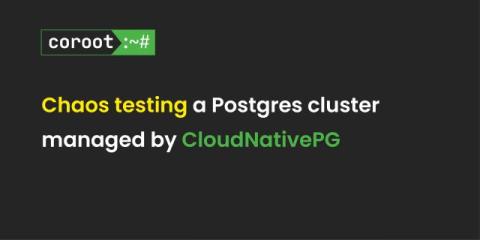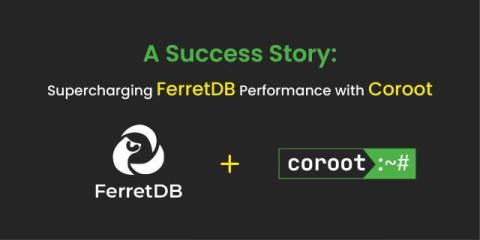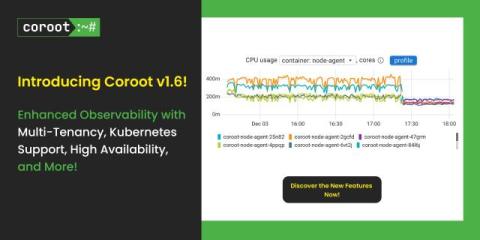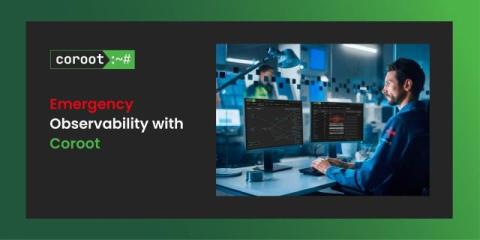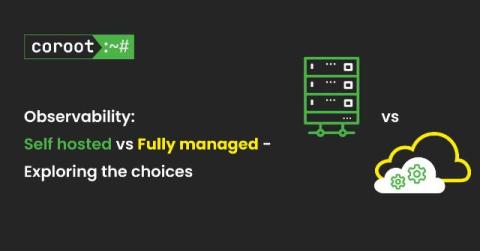Chaos testing a Postgres cluster managed by CloudNativePG
As more organizations move their databases to cloud-native environments, effectively managing and monitoring these systems becomes crucial. According to Coroot’s anonymous usage statistics, 64% of projects use PostgreSQL, making it the most popular RDBMS among our users, compared to 14% using MySQL. This is not surprising since it is also the most widely used open-source database worldwide.


